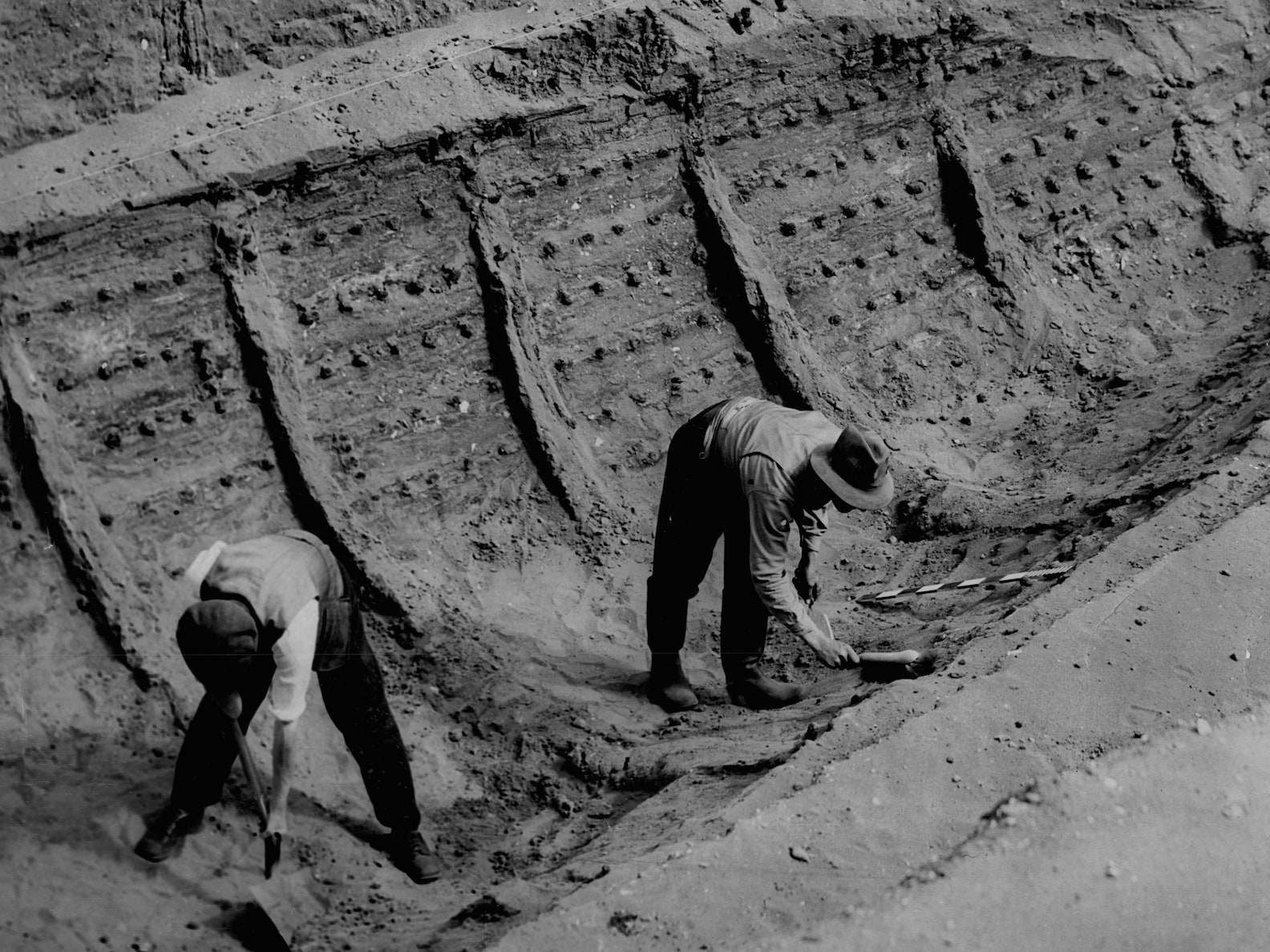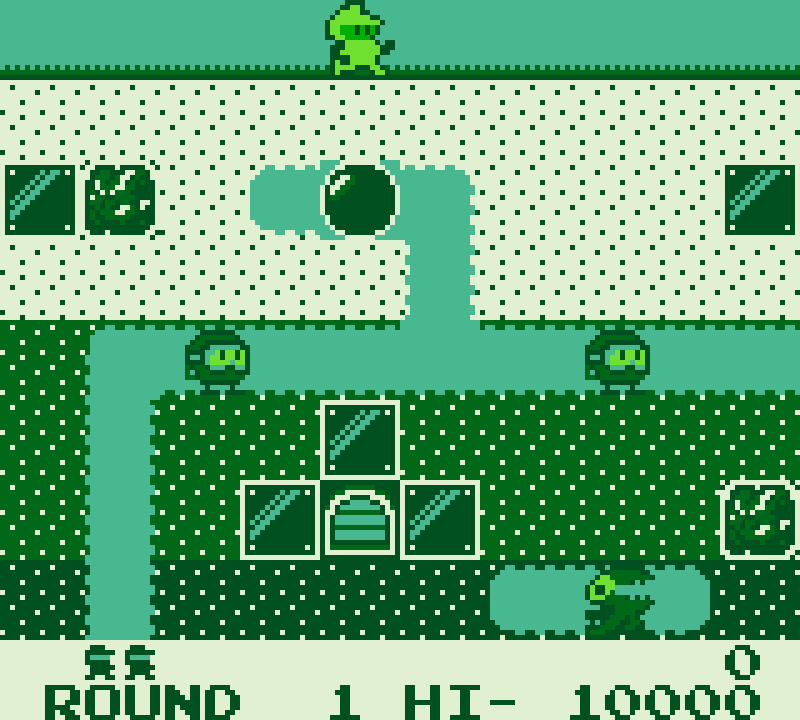

Under the mound they found the 80-foot Anglo-Saxon burial ship. Then in 1939, they decided to work on the biggest mound. By the time he was sent to Edith's he had already written his first book about astrology and was working as a freelance archaeologist for the museum.īasil and his assistants began digging up three of the mounds in the summer of 1938 and found knives, an ax head, bronze fragments, textiles and some human remains.

When he left the farm, he worked odd jobs while pursuing his passion for archaeology and astronomy. During that time he also taught himself Latin, French and astronomy. He was born in 1888 and he left school when he was 12 years old to work on his family's farm. She contacted the local Ipswich Museum, and they sent Basil out to start the excavation.īasil was an autodidact and self-taught archaeologist who worked for the museum. After Frank died, Edith, who lived on the property with their son Robert, became more and more determined to have the mounds excavated.

When the couple bought the property, it featured 18 mysterious mounds of dirt that the locals claimed were ancient burial grounds. While "hoo" is Old English for "spur of land". The estate, located in southwest England, derived the first part of its name from the nearby village of Sutton.


 0 kommentar(er)
0 kommentar(er)
